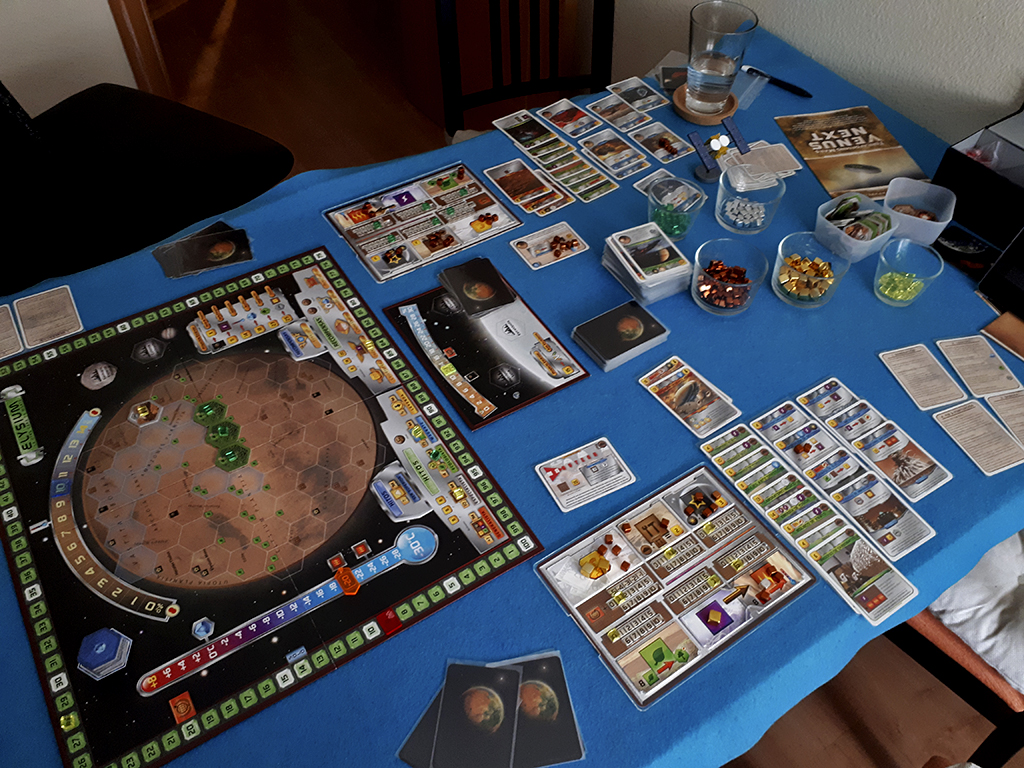The Art of Playing Smart on Massive Gold: A Beginner’s Guide
The massive gold strategy, popularized by prominent trading channels and forums, has been generating buzz among traders seeking to maximize their profits in the markets. The strategy involves making informed decisions about buying or selling massive amounts of a particular asset, in this case, gold, based on various market indicators and trends. As a beginner, navigating the complexities of playing smart on massive gold can be daunting. In this guide, we’ll break down the key concepts, massivegold-play.com provide actionable tips, and share expert advice to help you get started.
Understanding Market Sentiment
Before diving into the strategy, it’s essential to grasp the concept of market sentiment. This refers to the overall attitude or feeling among traders and investors about a particular asset’s value or performance. There are two primary types of market sentiment: bullish (positive) and bearish (negative). Bullish sentiment occurs when prices rise due to increased demand, while bearish sentiment is characterized by falling prices resulting from decreased demand.
Why Market Sentiment Matters
Market sentiment plays a crucial role in the massive gold strategy as it helps traders determine whether to buy or sell based on potential price movements. When market sentiment shifts towards being bullish, it’s more likely that prices will rise, making buying an attractive option. Conversely, bearish sentiment may indicate declining prices, prompting sellers to capitalize on the situation.
Identifying Key Market Indicators
Several key market indicators can provide valuable insights into the massive gold strategy. Some essential indicators include:
- Price Action : This involves analyzing price charts to identify patterns and trends.
- Volume : High volume often indicates significant buying or selling pressure, influencing prices.
- Moving Averages : Short-term moving averages (e.g., 50-day) are used for short-term trading, while long-term moving averages (e.g., 200-day) help identify overall market trends.
Key Indicators to Watch
When playing smart on massive gold, pay close attention to:
- Gold-Silver Ratio : A high ratio may indicate a potential sell-off in gold.
- Dollar Index : A strengthening dollar can negatively impact gold prices.
- FOMC Decisions : The Federal Open Market Committee’s decisions significantly influence market sentiment and gold prices.
Using Technical Analysis
Technical analysis involves analyzing past price movements to predict future trends. This technique is particularly useful in the massive gold strategy as it helps traders identify areas of potential support or resistance.
Essential Chart Patterns
Some key chart patterns to watch for include:
- Trend Lines : These help determine whether a market trend is up, down, or sideways.
- Resistance and Support Levels : Identifying these levels can help traders make informed buying and selling decisions.
- Head and Shoulders Pattern : A classic reversal pattern indicating a potential price correction.
Managing Risk
Risk management is crucial in trading as it protects your capital from significant losses. In the massive gold strategy, consider the following risk management techniques:
- Position Sizing : Divide your trading capital into smaller portions to minimize exposure.
- Stop-Loss Orders : Set stop-loss orders to automatically sell or cover positions when prices reach a certain level.
Expert Tips and Tricks
Some expert traders share their insights on playing smart on massive gold:
- Stay Informed : Continuously monitor market news, economic indicators, and trends.
- Diversify Your Portfolio : Spread your investments across various assets to minimize risk.
- Practice Patience : Avoid making impulsive decisions based on short-term price movements.
By following this beginner’s guide, you’ll be well-equipped to navigate the complexities of playing smart on massive gold. Remember, market conditions can change rapidly, so stay adaptable and prepared to adjust your strategy accordingly.








